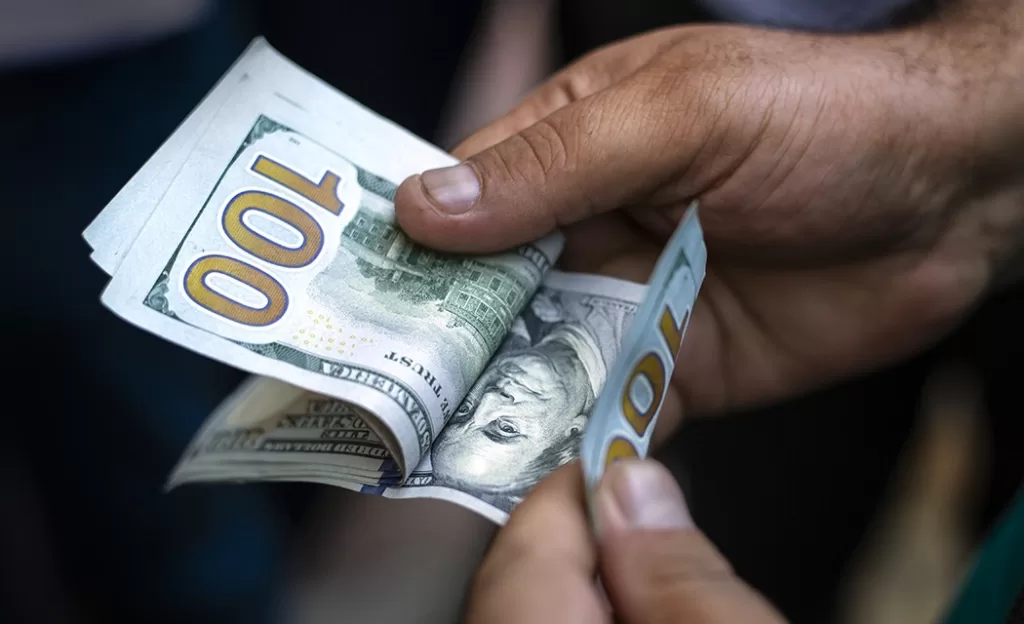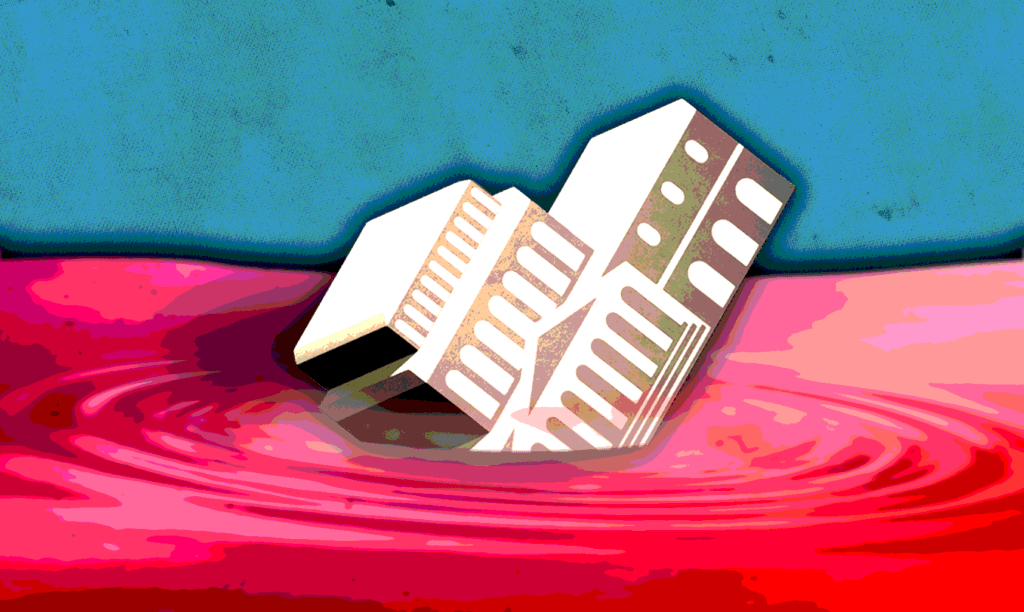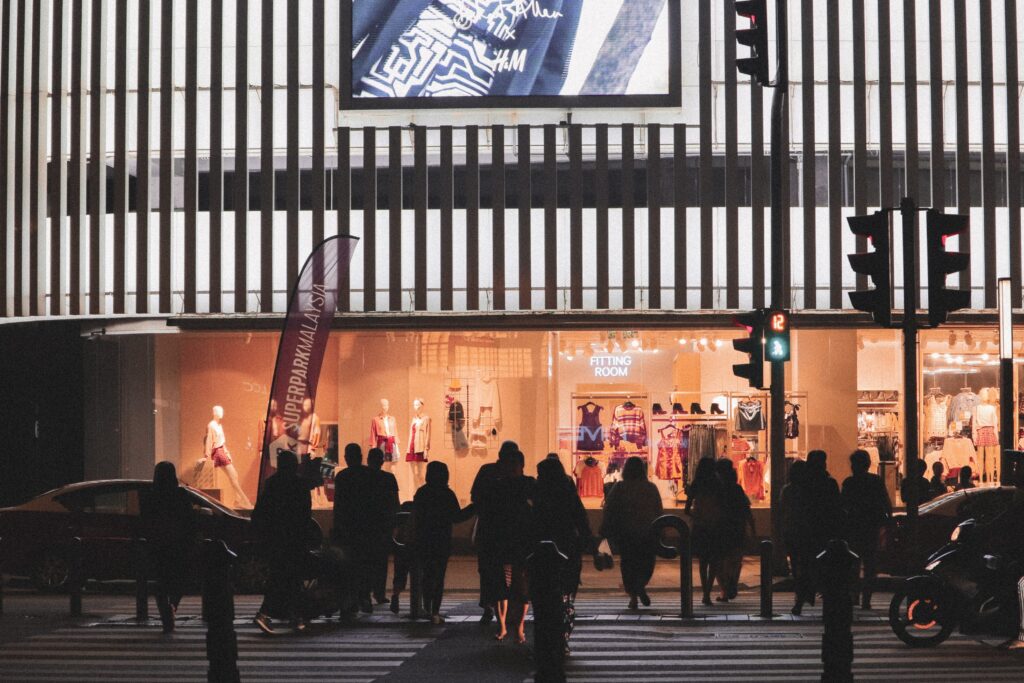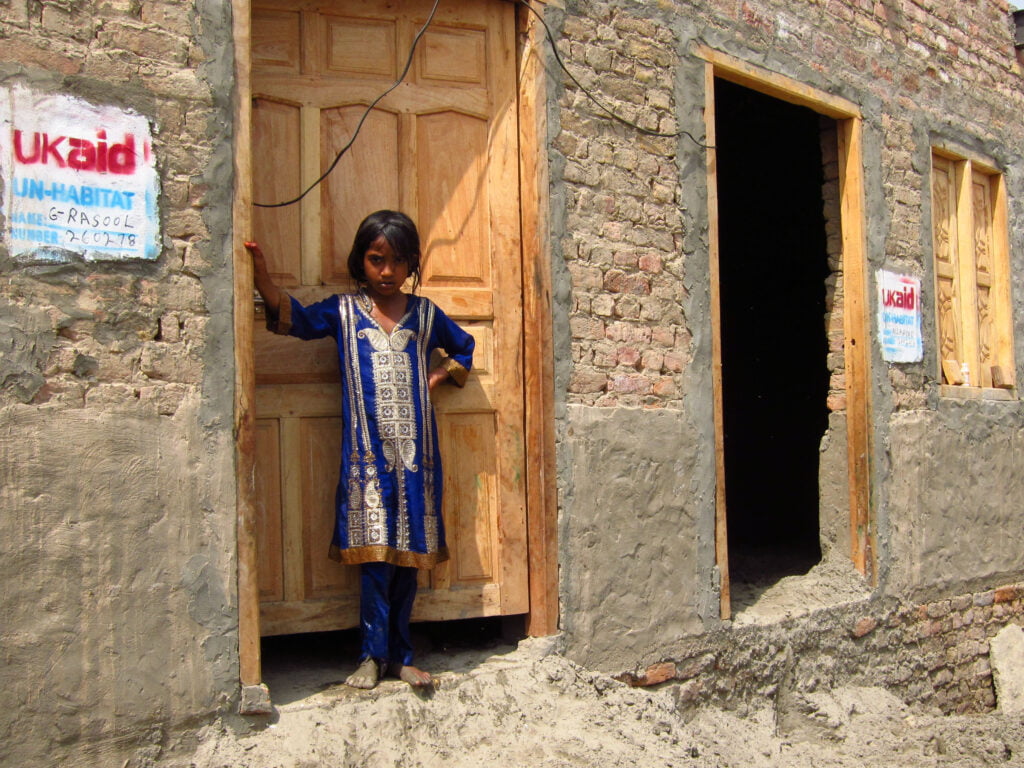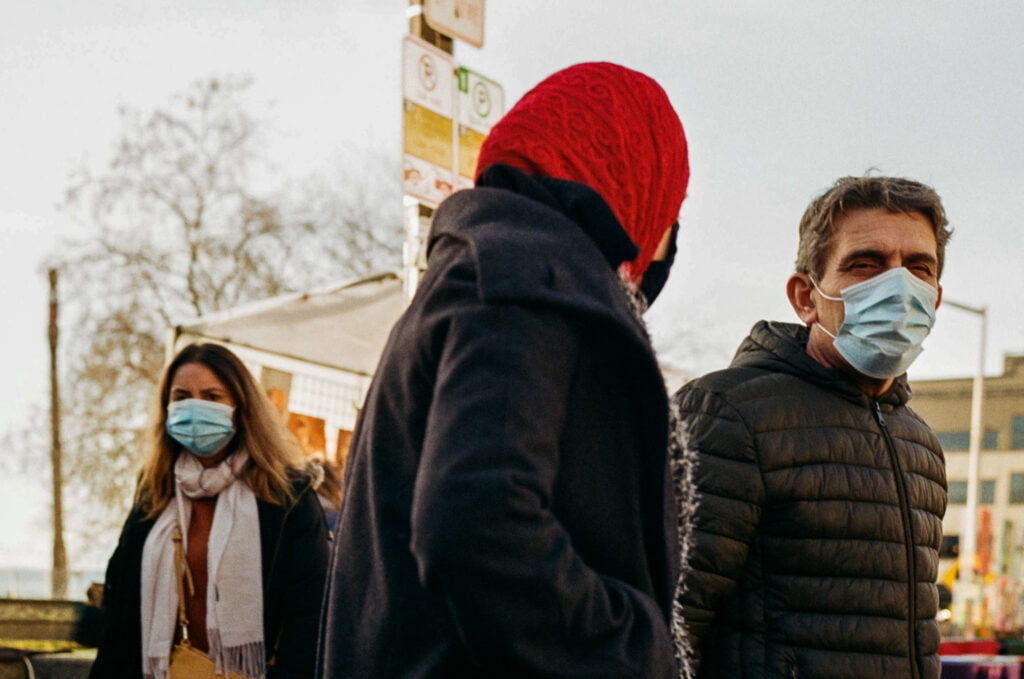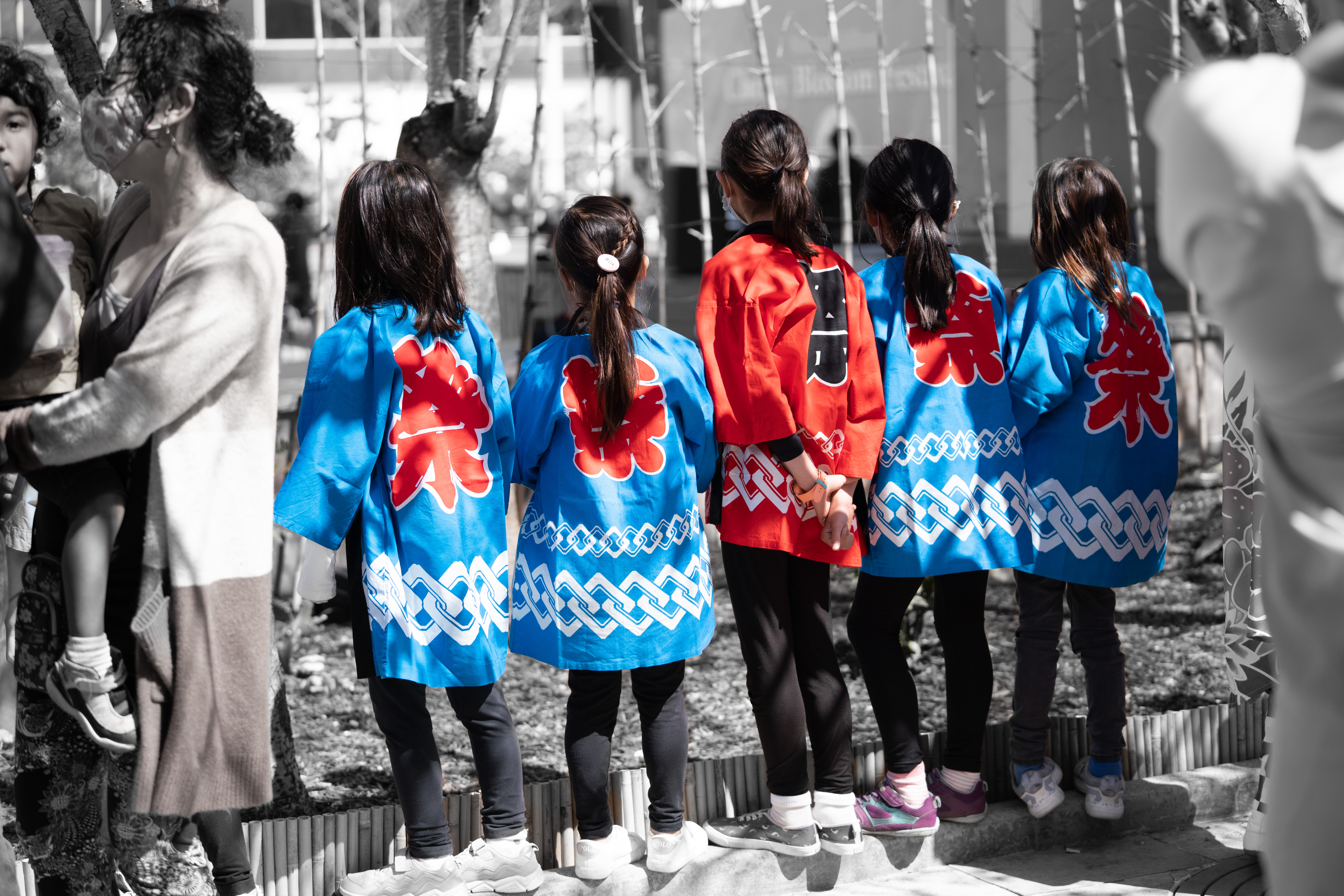The issues that led Sri Lanka to become an economic basket case in 2022 serve as a warning for other nations.
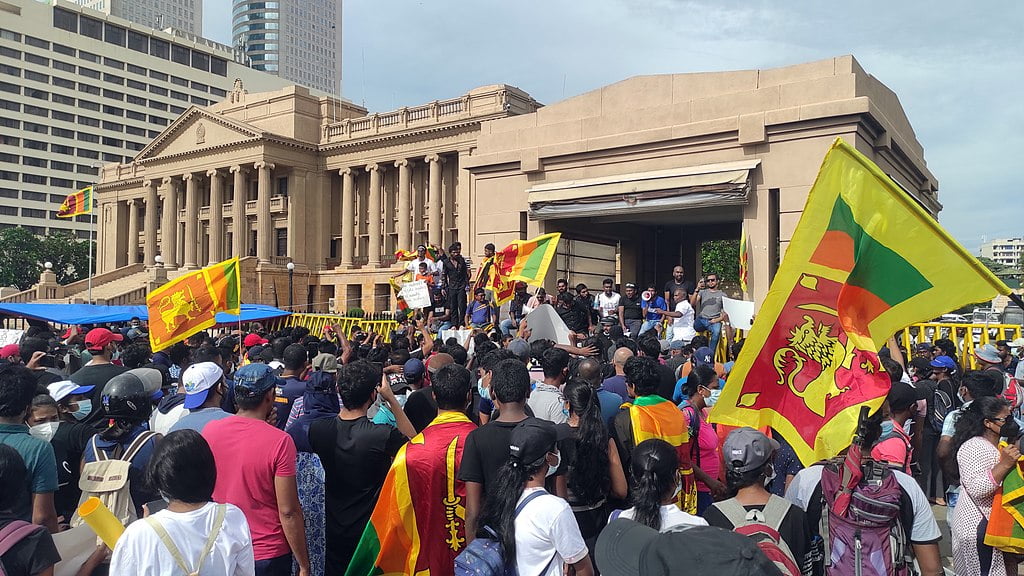 Sri Lanka’s worst economic crisis since independence led to widespread protests over severe shortages of fuel, food and medicines. : AntanO CCBY4.0
Sri Lanka’s worst economic crisis since independence led to widespread protests over severe shortages of fuel, food and medicines. : AntanO CCBY4.0
The issues that led Sri Lanka to become an economic basket case in 2022 serve as a warning for other nations.
When politicians chase popularity over sound economic management, it can spell disaster. Just ask Sri Lanka’s former president Gotabaya Rajapaksa.
Rajapaksa quit in July last year after fleeing to Singapore at the height of protests against his government’s mismanagement of the economy which resulted in Sri Lanka declaring sovereign default in April 2022. Many blame Rajapaksa for driving the country into its worst economic crisis since independence, leading to severe shortages of fuel, food and medicines.
While it’s easy to blame one person, Sri Lanka’s economic crisis and sovereign default were the result of long-lasting fiscal indiscipline, weak institutions, lack of transparency and accountability and short-sighted economic policies that were taken for political popularity.
Since the default, Sri Lanka has made some progress with debt restructuring. Private bondholders have expressed a willingness to restructure debt. The Paris Club group of creditors and India have provided financing assurances.
But the position taken by China, Sri Lanka’s largest creditor is concerning. While the Export-Import Bank of China will provide an extension on the debt service to help relieve Sri Lanka’s short-term repayment pressure, China’s level of commitment to debt restructuring remains unclear and Beijing consistently insists multilateral financial institutions should also bear the burden of debt relief. These comments and lack of specific commitments have delayed IMF board approval of Sri Lanka’s request to obtain a bailout package.
China EXIM Bank too had stated that it would provide a two-year moratorium for debt repayments due in 2022 and 2023, but it remains unclear on debt restructuring methods. China is Sri Lanka’s largest bilateral creditor accounting for 19 percent of its total outstanding foreign debt. Private creditors own 36 percent of outstanding foreign debt due to the large number of Eurobonds issued by Sri Lanka in the previous decade.
But the country needs to fix the issues that led it off the debt cliff in the first place.
The makings of disaster
Sri Lanka’s problems go back decades. While global shocks such as COVID-19 and the Russia-Ukraine war had some impact on the country’s economy, the major causes were long lasting structural weaknesses successive governments failed to properly address. Instead of fixing these weaknesses, Sri Lanka continued to focus on debt-fuelled growth. The result was economic catastrophe.
Sri Lanka grappled with persistent twin deficits (fiscal and current account) that lasted decades. A fiscal deficit is when a government spends more than it earns. A current account deficit is when a government spends more foreign currency than it earns. Both of these deficits resulted in five major structural weaknesses: Falling government revenue, stagnant exports, an overvalued currency, lack of direct foreign investment and continued losses by state-owned enterprises twinned with subsidised energy prices.
Sri Lanka has lacked fiscal discipline. It has one of the lowest tax to GDP ratios in the world, meaning it barely collects any taxes, usually a substantial part of government revenue. In 1990, Sri Lanka’s tax GDP ratio was approximately 20 percent of GDP. By 2015 this had dropped to 10.1 percent. Gotabhaya Rajapaksha’s decision to hand out tax cuts in 2019 in order to fulfill an election promise reduced this further. By 2021, Sri Lanka’s tax ratio dropped to 7.7 percent.
This decline took place while the country’s GDP per capita income increased significantly. In 1990 Sri Lanka was a low-income country with a per capita of USD$464. Seven years later it had lifted itself to a middle-income country with a per capita income of USD$814. Its GDP per capita continued to grow and was USD$4,060 in 2018. Accordingly, the World Bank classified Sri Lanka as an upper middle income country in 2019. (Although it was downgraded a year later.) But while GDP per capita grew, the tax ratio fell, forcing the government to borrow heavily to breach the fiscal deficit.
So people’s incomes grew but taxes fell. At the same time, government expenditure increased. From 2005, ex-president Rajapaksa’s brother Mahinda led a government which invested heavily in public infrastructure. This made him popular, with the construction of highways, a new port, an airport and massive road development projects. Foreign loans, from capital markets and China, paid for most of it.
To secure this money, Sri Lanka offered government bonds at high interest rates. This meant the country would need significant foreign currency reserves to pay creditors when the bonds matured. Most of the Chinese loans were not commercial but had far higher interest rates than loans from the World Bank, ADB and Japan which were Sri Lanka’s three major traditional lenders.
This infrastructure development took place largely for political reasons. For instance, Mahinda Rajapaksa decided to build a second airport in his hometown of Hambantota when the sensible option would have been to expand the existing international airport near Colombo. Corruption was also a major problem in these projects.
In 2004, the share of non-concessional debt of Sri Lanka’s foreign loans was only 2.4 per cent. This rocketed to 50 percent in 10 years, increasing the debt burden. There are two reasons why: access to concessional loans fell as Sri Lanka’s income levels rose forcing the government to look for alternative foreign financing to bridge the budget deficit. And the government was obsessed with building large scale infrastructure development and maintaining import substitution policies such as increasing import tariffs.
The latter resulted in a deterioration of the country’s export performance. Import substitution policies did not increase exports, instead it expanded the non-tradable sector (sectors with few exports). From 2000 to 2015, Sri Lanka’s exports as a share of the GDP fell from 39 percent to 20 percent. This meant while the foreign debt repayment burden increased, Sri Lanka’s ability to repay foreign loans deteriorated. Sri Lanka was compelled to borrow more from international capital markets to repay previous loans. This led to a massive increase of foreign debt repayment cost. Sri Lanka’s external debt servicing ratio went up to 25.4 percent in 2019 from 10.7 per cent in 2000.
As Sri Lanka transitioned from a low-income to middle-income nation, successive governments facilitated rent seeking, maintained lower tax rates, expanded the public service through hiring unskilled labour for political reasons and financed loss making state-owned enterprises for political gain. The country’s growing middle class loved these policies.
The government also facilitated non-tradable sector businesses by maintaining an overvalued exchange rate, high import tariffs and low interest rates. Businesses loved these policies as they offered relatively easier income generation compared to competing in the global market. This led to a stagnation of exports and imports based on non-tradable sectors. The current account deficit kept growing. By 2022, Sri Lanka ran out of foreign currency to repay foreign loans.
The hard road ahead
Sri Lanka is now compelled to reverse most of these policy mishaps. Electricity and fuel prices have increased, taxes have increased, interest rates have increased, the exchange rate has increased, causing inflation to soar. In January it was 53.2 percent. This means the country’s middle-class as well as business community is struggling as the government no longer can subsidise them.
Almost a year after protests against the Rajapaksa government, more protests and strikes opposing tax reforms and other policy reforms have wracked the nation. Austerity is hard and it is harder in a shrinking economy, but Sri Lanka has no choice. It is compelled to carry out reforms in order to receive the support of the IMF, other multilateral agencies and to conclude a debt restructuring progress.
The lesson Sri Lanka teaches is that middle-income transitions sound and look fancy for many low-income countries. But, hurrying into it without fixing structural issues in the economy, strengthening institutions and ensuring strong checks and balances can create economic catastrophe. In the short term, people, businesses and politicians may be very happy.
But that party won’t last unless the country has been able to get its house in order. Sri Lanka didn’t. Now Sri Lanka is trying to do it and it is not easy. Parties are fun while it lasts, but hangovers often are bitter.
Umesh Moramudali is a lecturer at the University of Colombo. His research focuses on public finance, Chinese loans and investments, and political economy. He is a Chevening scholar and holds an M.Sc in Economics from the University of Warwick. He was formerly a research analyst at the Ministry of Finance and a senior research associate at the Ceylon Chamber of Commerce.
Originally published under Creative Commons by 360info™.
Editors Note: In the story “Governments in the red” sent at: 24/02/2023 14:42.
This is a corrected repeat.


